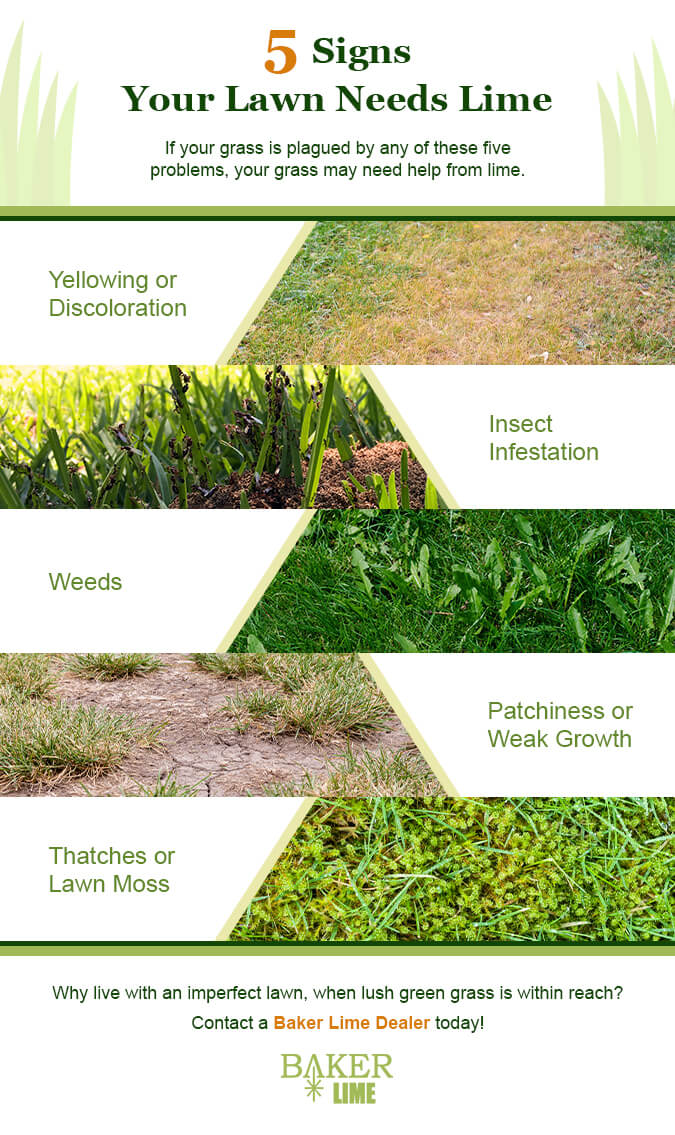Introduction
Liming your garden is a crucial step in maintaining healthy soil and vibrant plants. But timing is everything. Applying lime at the right moment ensures your soil’s pH balance is optimized, nutrients are more available to plants, and your garden thrives year-round. In this article, we’ll explore when to lime your garden, how to test your soil’s needs, and practical tips for effective liming. Whether you’re a beginner or an experienced gardener, understanding the best timing and methods will help you create the ideal environment for your plants.
Why Lime Your Garden?
Lime helps to raise the pH level of acidic soils, making nutrients like nitrogen, phosphorus, and potassium more accessible to plants. Acidic soil can stunt plant growth and reduce crop yields. By liming, you improve soil structure and encourage beneficial microbial activity.
Signs Your Garden Needs Lime
- Yellowing leaves (chlorosis) on plants despite adequate fertilization
- Poor growth or stunted plants
- Soil pH test results below 6.0
Regular soil testing is the best way to confirm if liming is necessary.
When to Test Your Soil for Liming
Testing soil pH is the first step before applying lime. Experts recommend testing:
- In early spring or fall, when soil is moist but not saturated
- Every 2-3 years for established gardens
Testing in these seasons allows you to plan liming applications effectively.
Best Time to Lime Your Garden
Fall Liming: The Optimal Choice
Applying lime in the fall is widely recommended because:
- It allows lime to react with the soil over winter
- Soil moisture helps dissolve lime and distribute it evenly
- pH adjustment is ready by spring planting
Spring Liming: A Secondary Option
If you miss fall application, early spring liming is possible, but lime may not fully adjust soil pH before planting season. Avoid liming during the growing season, as it can stress plants.
Avoid Liming During Hot, Dry Periods
Applying lime in summer or drought conditions reduces effectiveness and can harm plant roots.
How to Apply Lime Effectively
- Choose the right type of lime: agricultural lime (calcium carbonate) is common; dolomitic lime adds magnesium.
- Calculate the amount needed: based on soil test recommendations.
- Spread evenly: use a spreader for large areas or hand apply for small beds.
- Incorporate into soil: lightly till or rake to mix lime into the top 6 inches.
- Water the area: helps lime dissolve and start working.
Expert Insights and Real-World Examples
According to horticulturist Dr. Linda Chalker-Scott, “Fall liming maximizes lime effectiveness by allowing time for chemical reactions before planting.” A study by the University of Minnesota showed that fall-applied lime improved soil pH and crop yields more consistently than spring applications.
Home gardener Mark T. shares, “After testing my soil and liming in late October, my vegetable garden flourished the next spring with healthier tomatoes and peppers.”
Conclusion
Knowing when to lime your garden is essential for maintaining balanced soil and promoting healthy plant growth. Fall is the best time to apply lime, allowing it to adjust soil pH over the winter months. Regular soil testing guides your liming schedule and amount, ensuring you don’t over- or under-apply lime. By following expert recommendations and best practices, you can enhance nutrient availability and boost your garden’s productivity. Start testing your soil today and plan your liming for optimal garden health!
